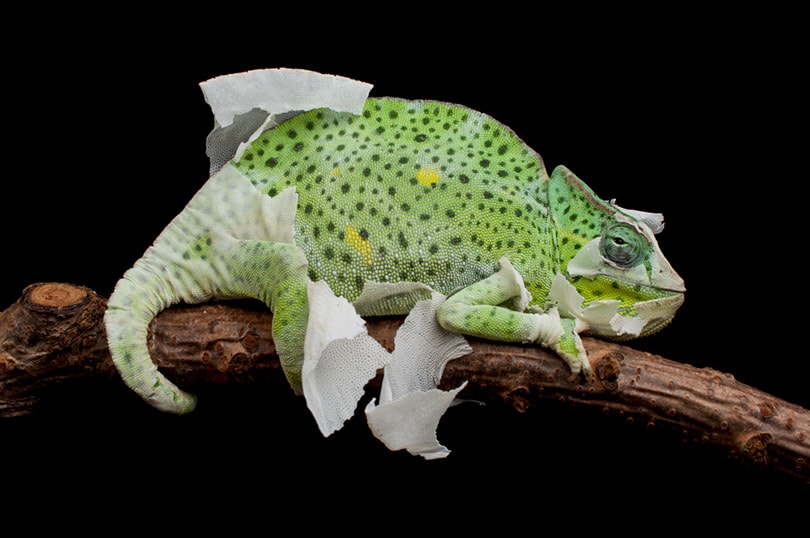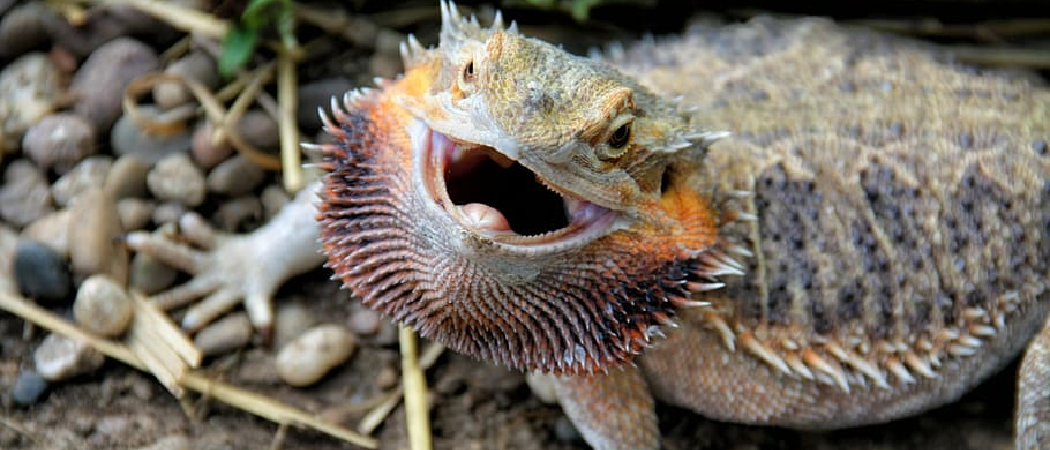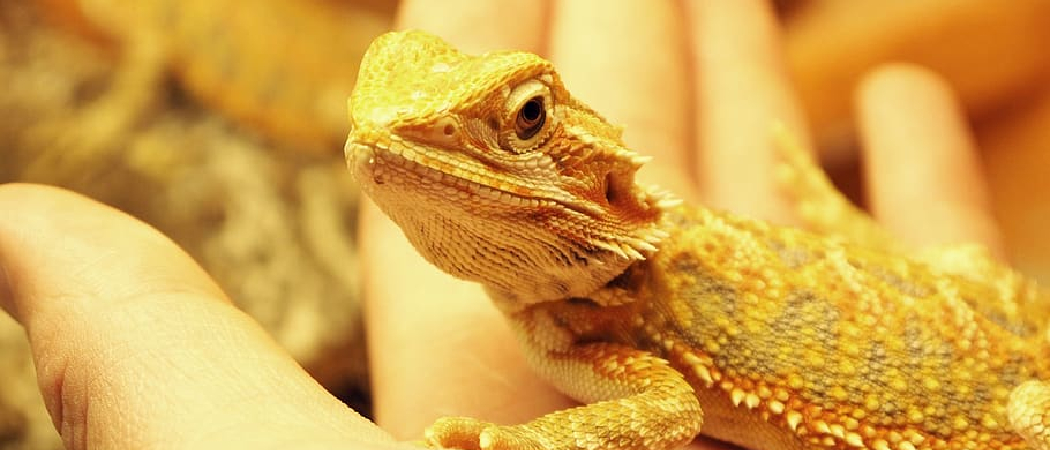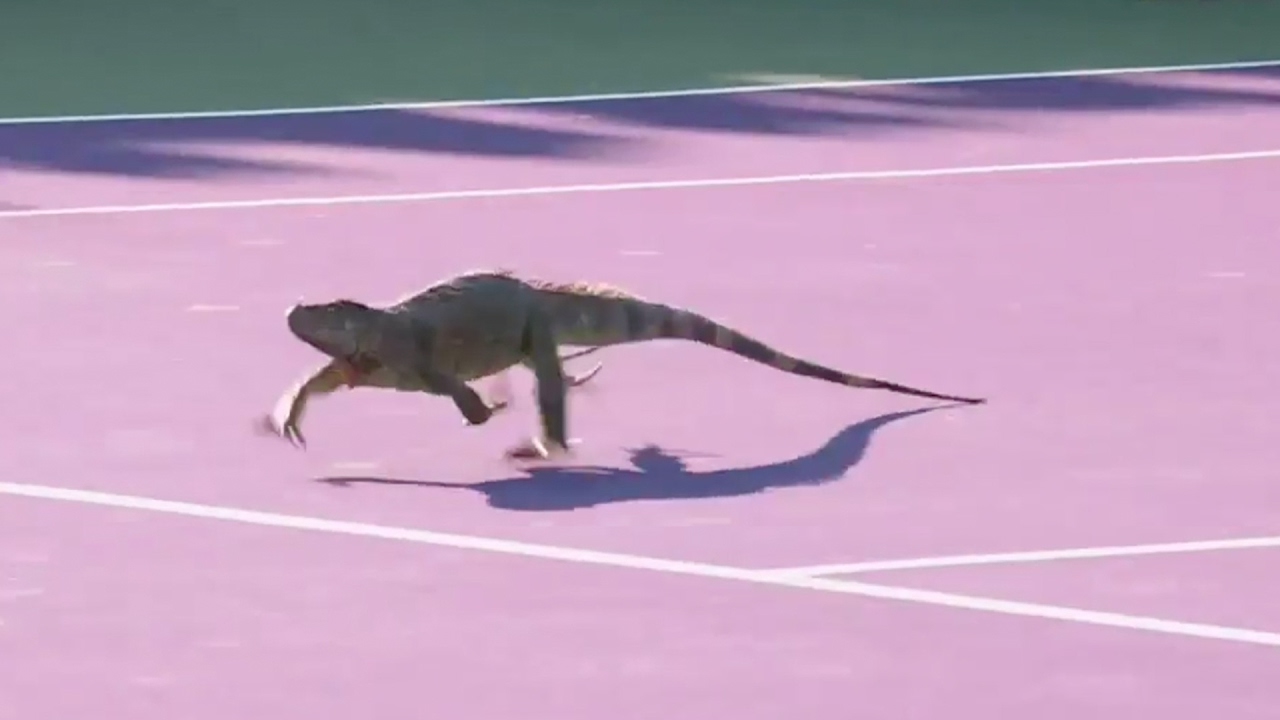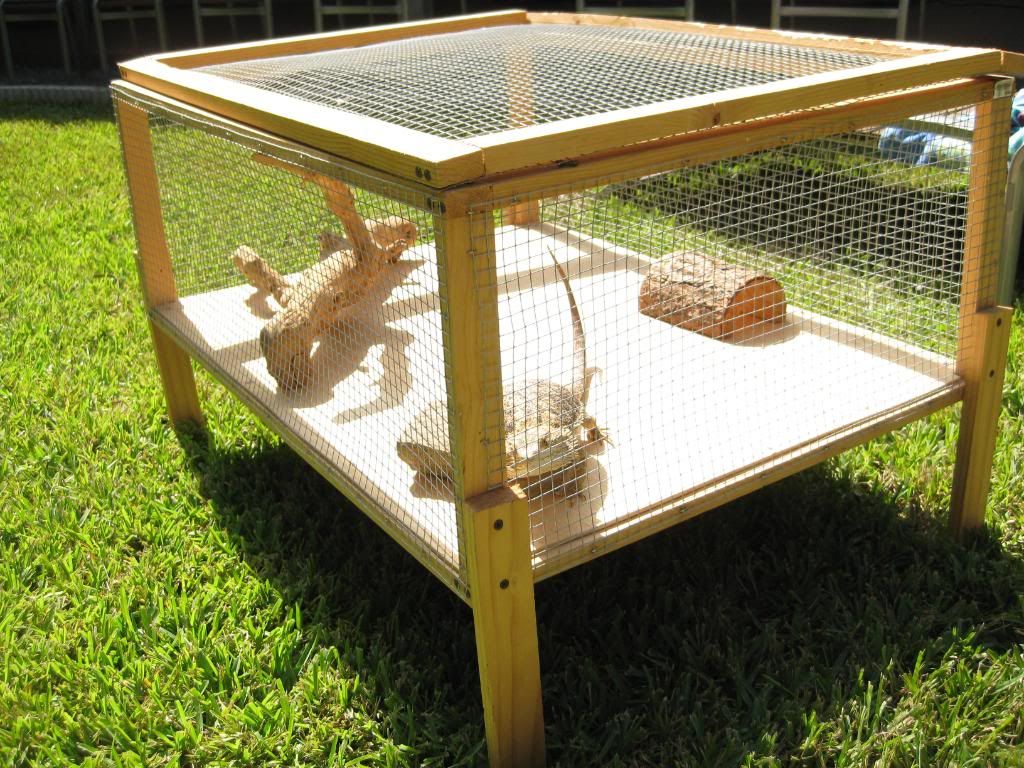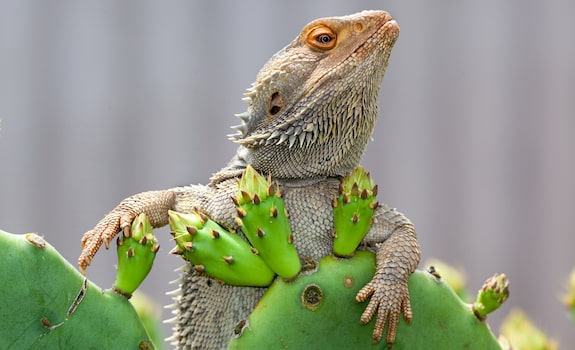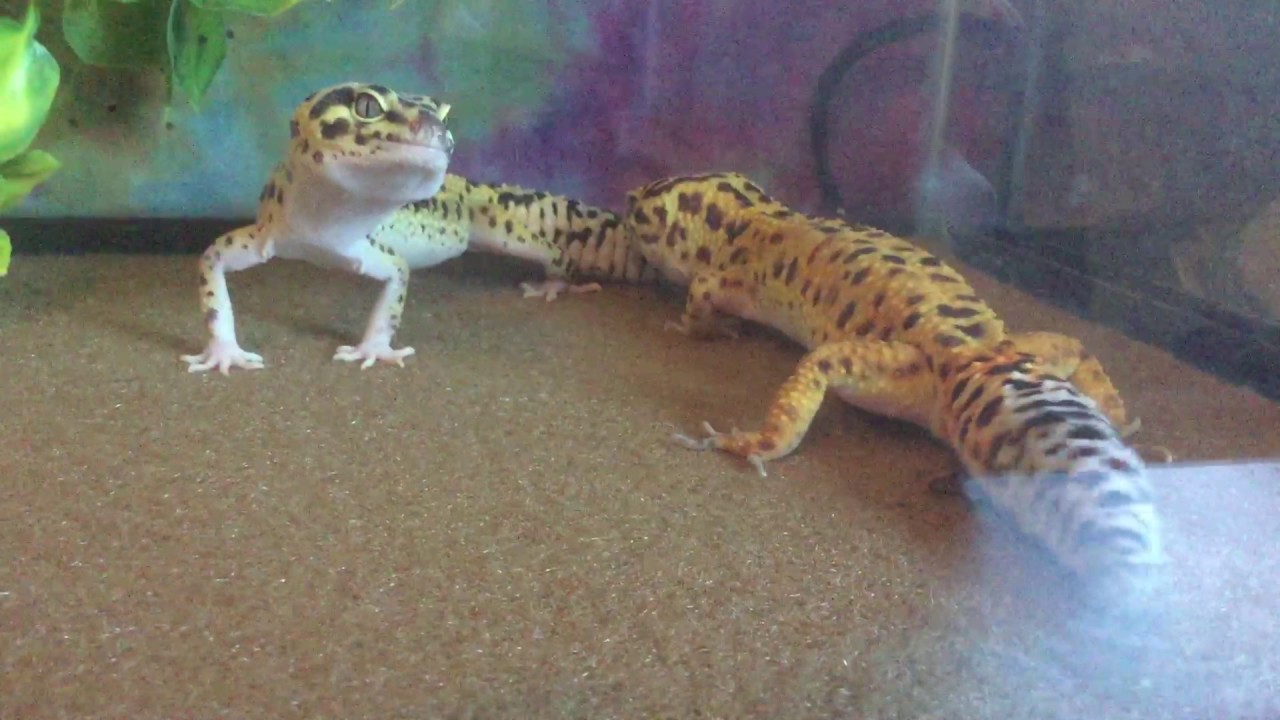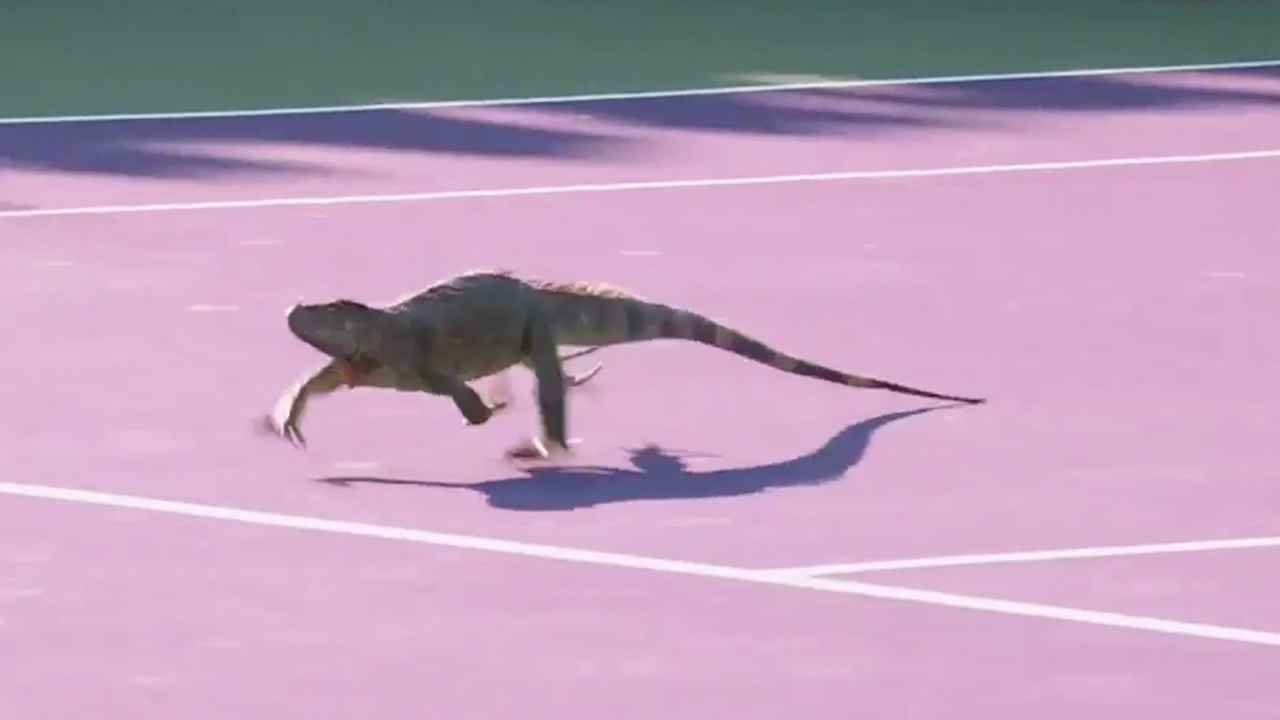How Often Do Chameleons Shed
Chameleons are known to shed their skin on a regular basis. This is done in order to allow the chameleon to grow and accommodate it’s changing size as it matures. The frequency of shedding depends on the species, but generally speaking, most chameleons will shed every 2-4 weeks during active periods such as growth spurts …

